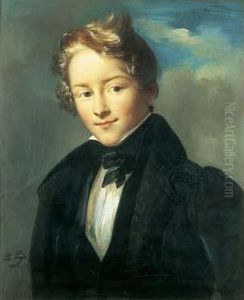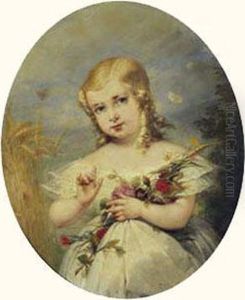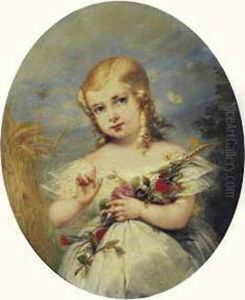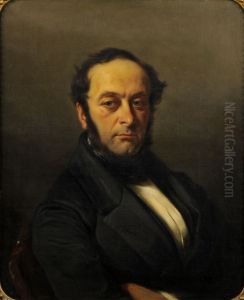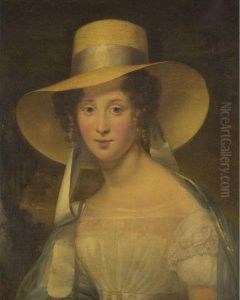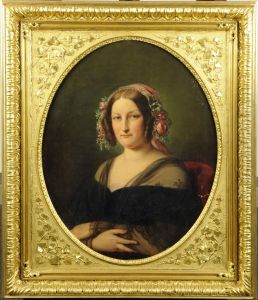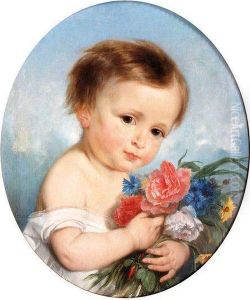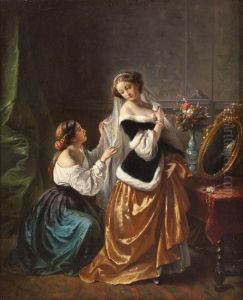Aimee, Nee Pages Brune Paintings
Amélie Beaury-Saurel, also known as Aimée Née Pagès Brune, was a French artist born in 1806, who made a significant impact in the world of art during the 19th century. She was primarily known for her work as a painter, and her life was one marked by both talent and determination in a period when women artists often struggled for recognition.
Amélie showed an early talent for art and was fortunate to receive training, which was not always accessible to women at the time. Despite societal expectations of women in the 1800s, she pursued her passion for painting. Her work was influenced by the dominant artistic styles of her era, including Neoclassicism and Romanticism, which were characterized by a focus on classical subjects, clarity of form, and emotional expression.
Throughout her career, Amélie Beaury-Saurel exhibited her works at prestigious institutions such as the Paris Salon, which was the official art exhibition of the Académie des Beaux-Arts in Paris. Recognition at such venues was crucial for artists seeking to establish their reputations and sell their work. Her participation in these exhibitions not only marked her success but also indicated a broader acceptance of female artists during the later part of the 19th century.
Amélie Beaury-Saurel's contributions to art were significant not only for their aesthetic value but also for paving the way for future generations of women in art. Her legacy is that of a skilled painter who navigated the complexities of the art world at a time when women were beginning to assert their presence in various professional fields. She passed away in 1866, leaving behind a body of work that continues to be studied and appreciated for its technical skill and historical importance.
